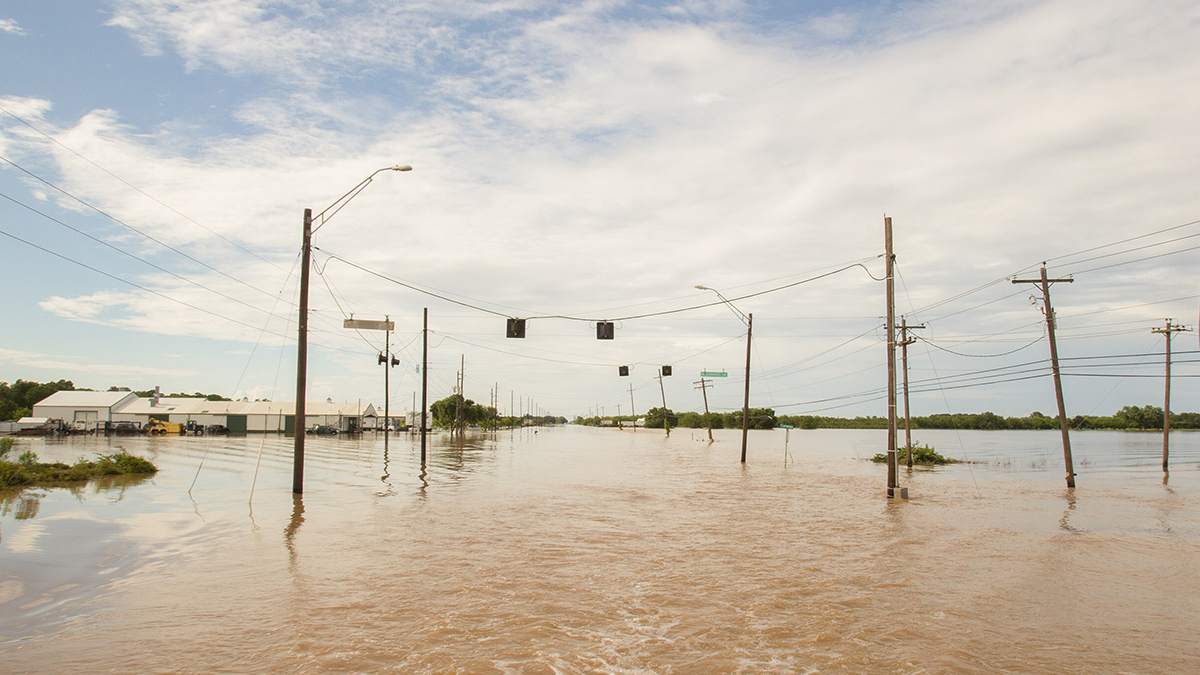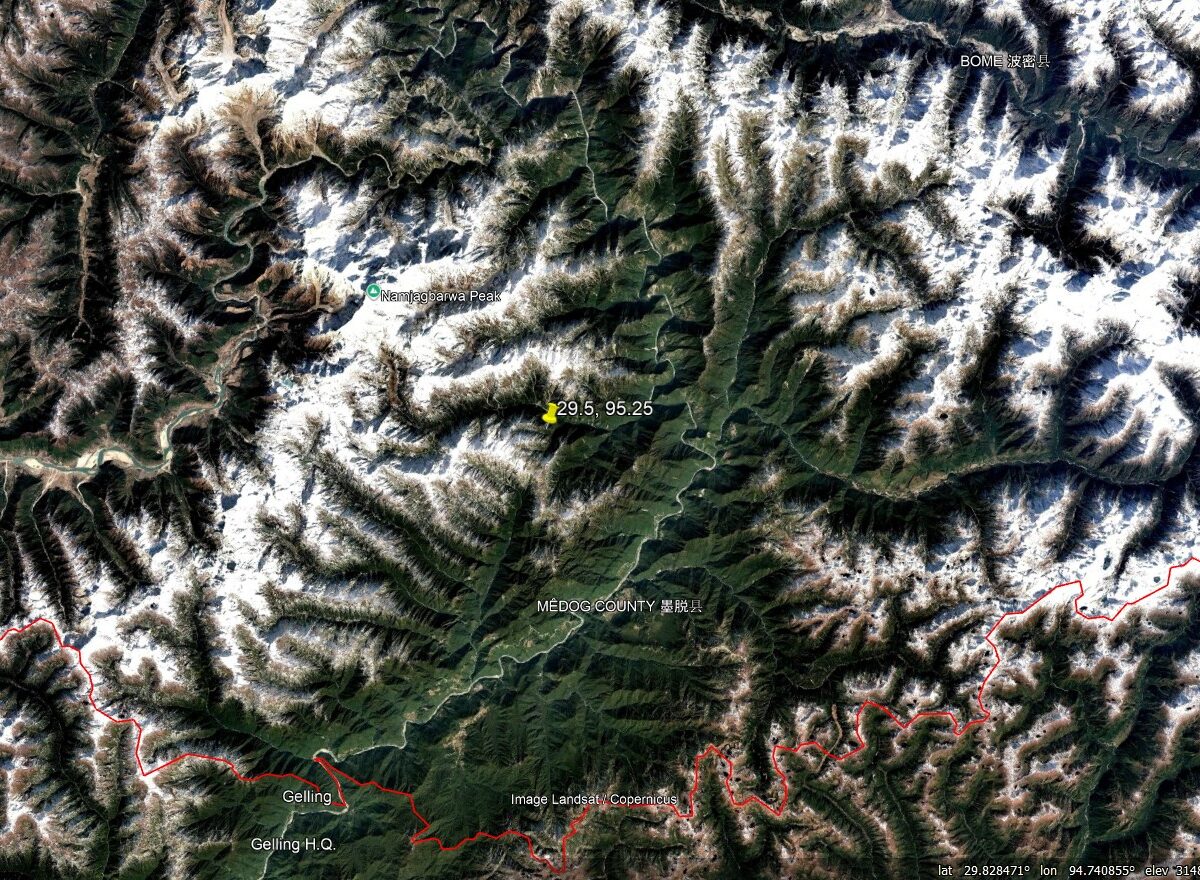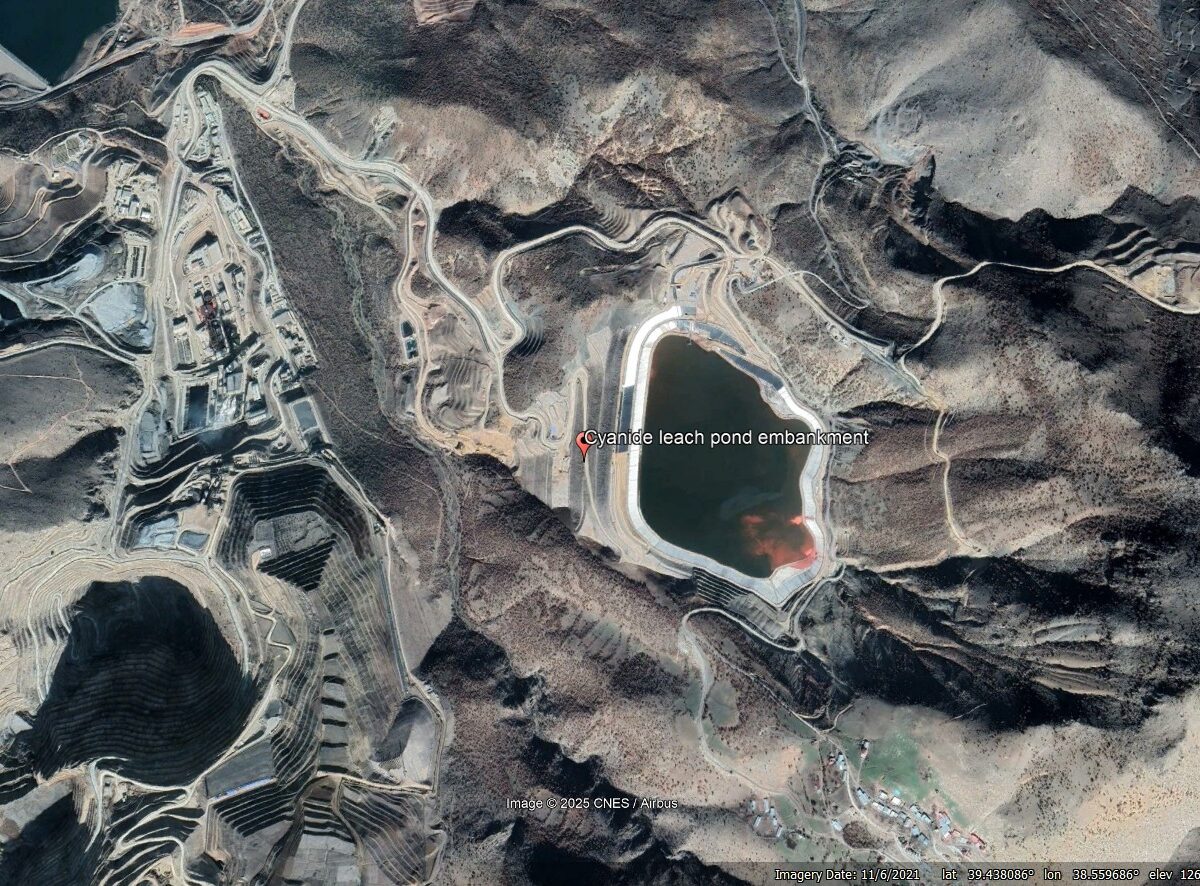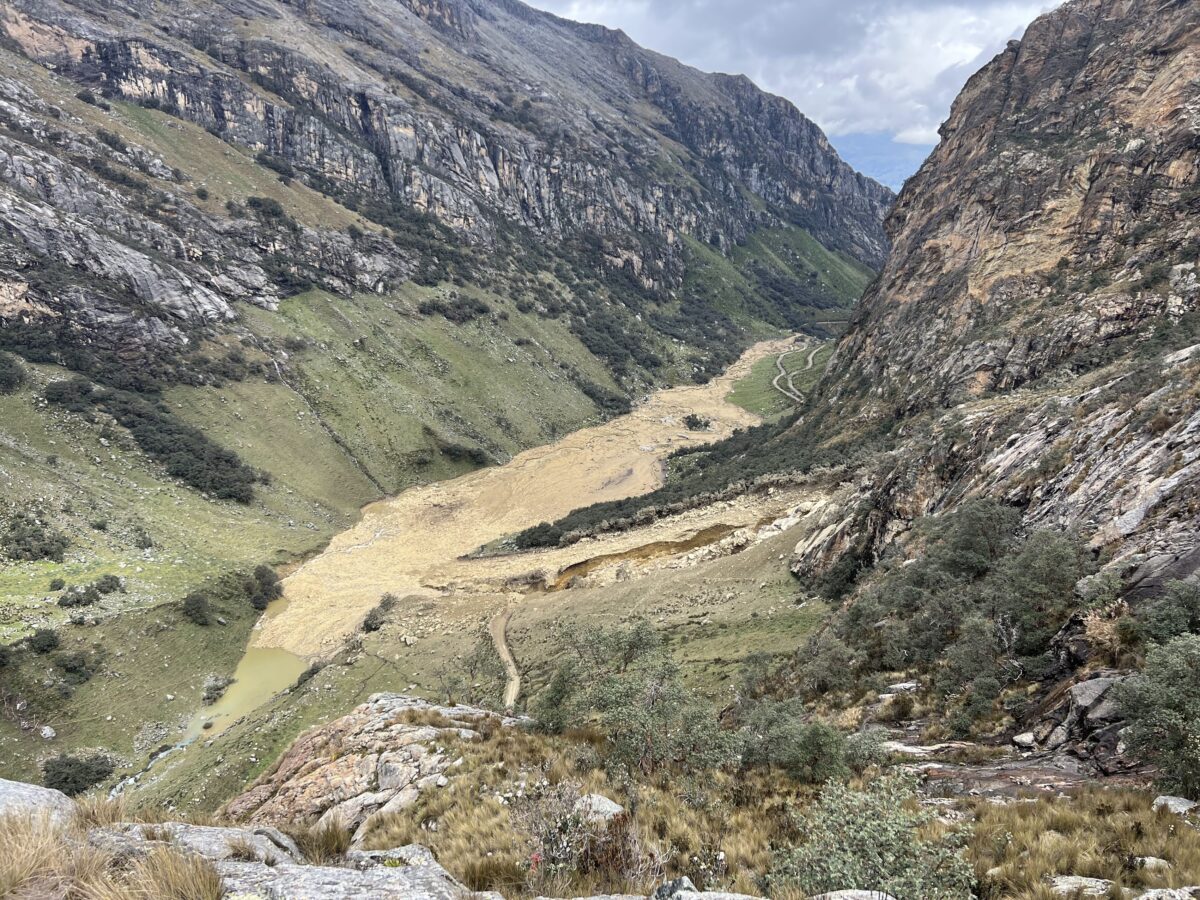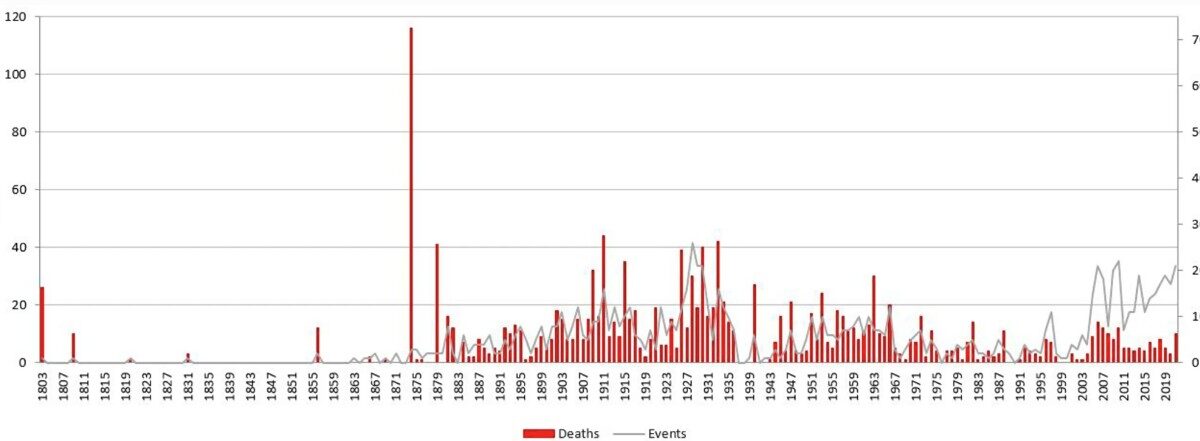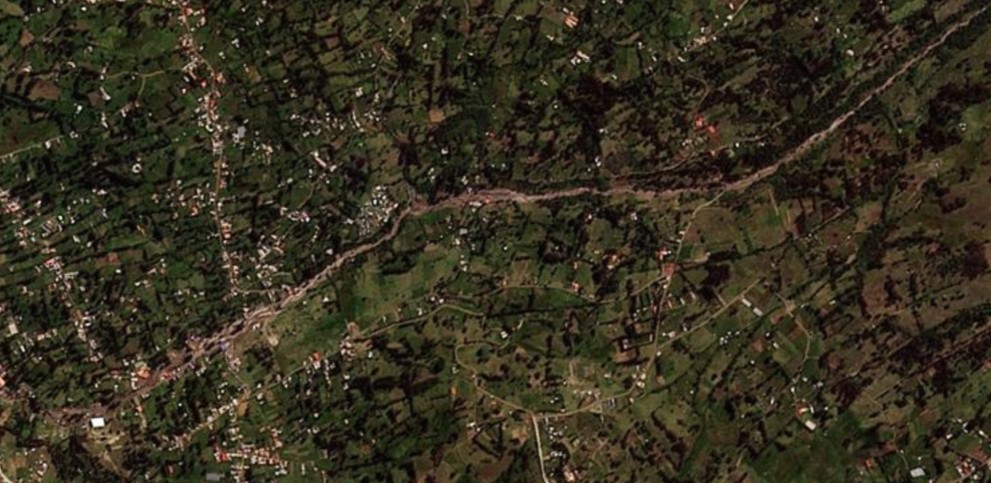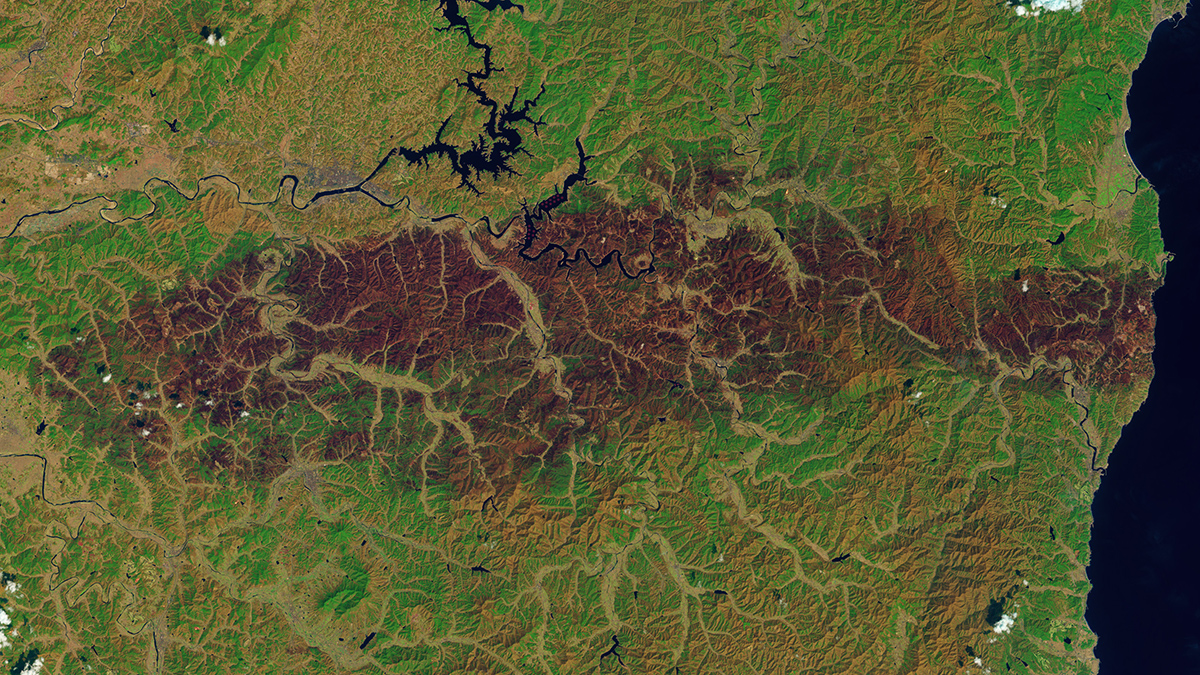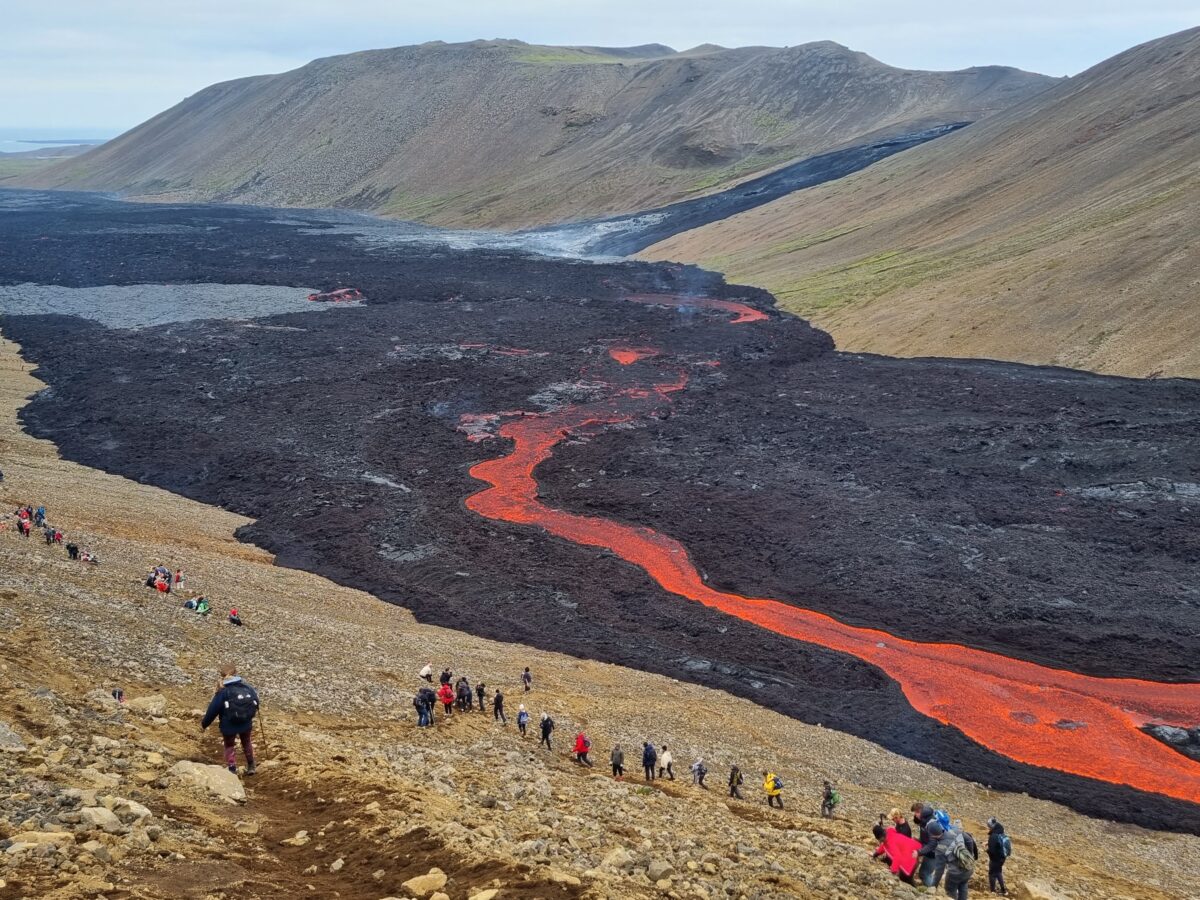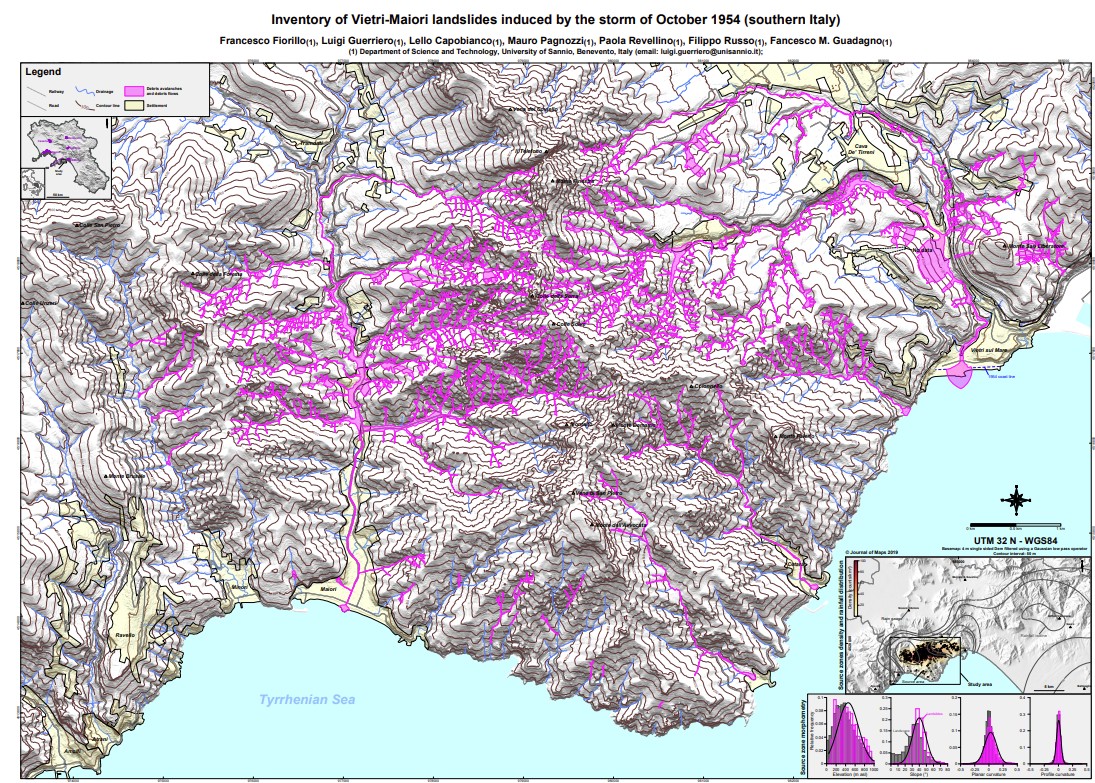A new study evaluates the performance of kilometer-scale models in predicting large tropical storms, which are key drivers of extreme rainfall and severe weather.
Hazards & Disasters
Scientists Reveal Hidden Heat and Flood Hazards Across Texas
A wider swath of the Lone Star State may be affected by more heat and flood events than previous recordkeeping suggests.
Geological complexity as a way to understand the distribution of landslides
The Landslide Blog is written by Dave Petley, who is widely recognized as a world leader in the study and management of landslides. Over the course of my career, I have read many papers (and indeed, written a few) that have tried to explain the distribution of landslides based upon combinations of factors that we […]
Seismic analysis to understand the 13 February 2024 Çöpler Gold Mine Landslide, Erzincan, Türkiye
The Landslide Blog is written by Dave Petley, who is widely recognized as a world leader in the study and management of landslides. On 13 February 2024, the enormous Çöpler Gold Mine Landslide occurred in Erzincan, Türkiye (Turkey), killing nine miners. This was the first of two massive and immensely damaging heap leach mine failures […]
Images of the source of the 28 April 2025 landslide / GLOF at Vallunaraju in Peru
The Landslide Blog is written by Dave Petley, who is widely recognized as a world leader in the study and management of landslides. A few days ago I highlighted the severe landslide and GLOF that occurred on the flanks of Vallunaraju in Peru, on 28 April 2025, which caused substantial damage and at least two […]
Patterns of fatal non-seismic rockfalls in Spain
The Landslide Blog is written by Dave Petley, who is widely recognized as a world leader in the study and management of landslides. A fascinating new paper (Corominas et al. 2025) has just been published in the journal Geoenvironmental Disasters that describes the compilation and analysis of a new dataset on fatal non-seismic rockfalls in […]
The 28 April 2025 Glacial Outburst Flood (GLOF) / landslide at Vallunaraju in Peru
The Landslide Blog is written by Dave Petley, who is widely recognized as a world leader in the study and management of landslides. On 28 April 2025, a major debris flow travelled down a channel from a major mountain, Vallunaraju, striking the communities lower down the slope. At least 100 houses were destroyed and two […]
Climate Change Heightened Conditions of South Korean Fires
Unusually low rainfall and humidity, combined with windier days, made the catastrophic wildfires more likely.
Matching Magma Dikes May Have Different Flow Patterns
A set of lab experiments involving a laser, gelatin, and xanthan gum explored how varying flow patterns between dikes with similar speeds and shapes could affect eruption predictions.
The 25 October 1954 landslide disaster on the Amalfi Coast of Italy
The Landslide Blog is written by Dave Petley, who is widely recognized as a world leader in the study and management of landslides. I have frequently highlighted the growing impact of multiple landslide events triggered by extreme rainfall around the world. Whilst there is little doubt that such events are becoming more common, they have […]


